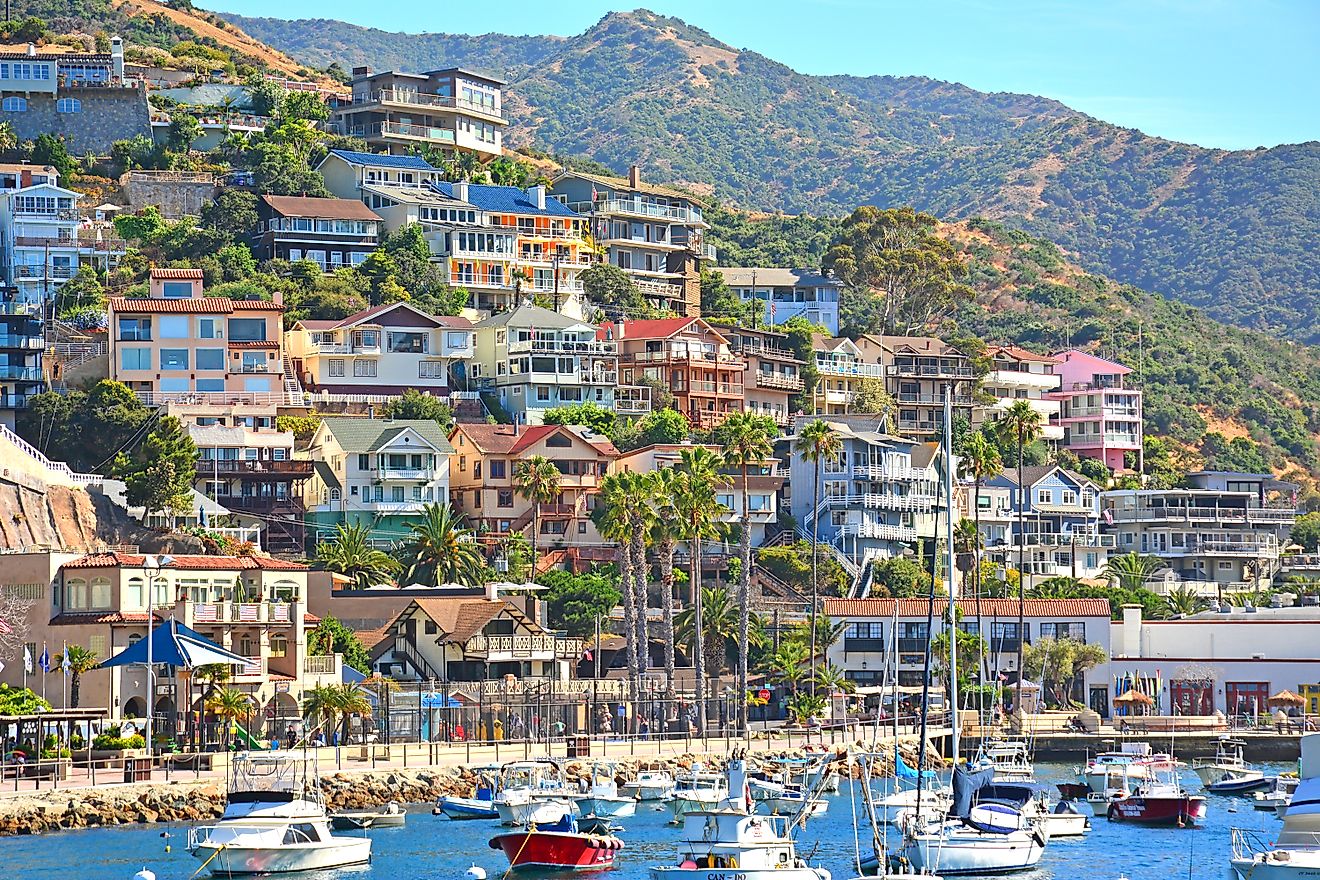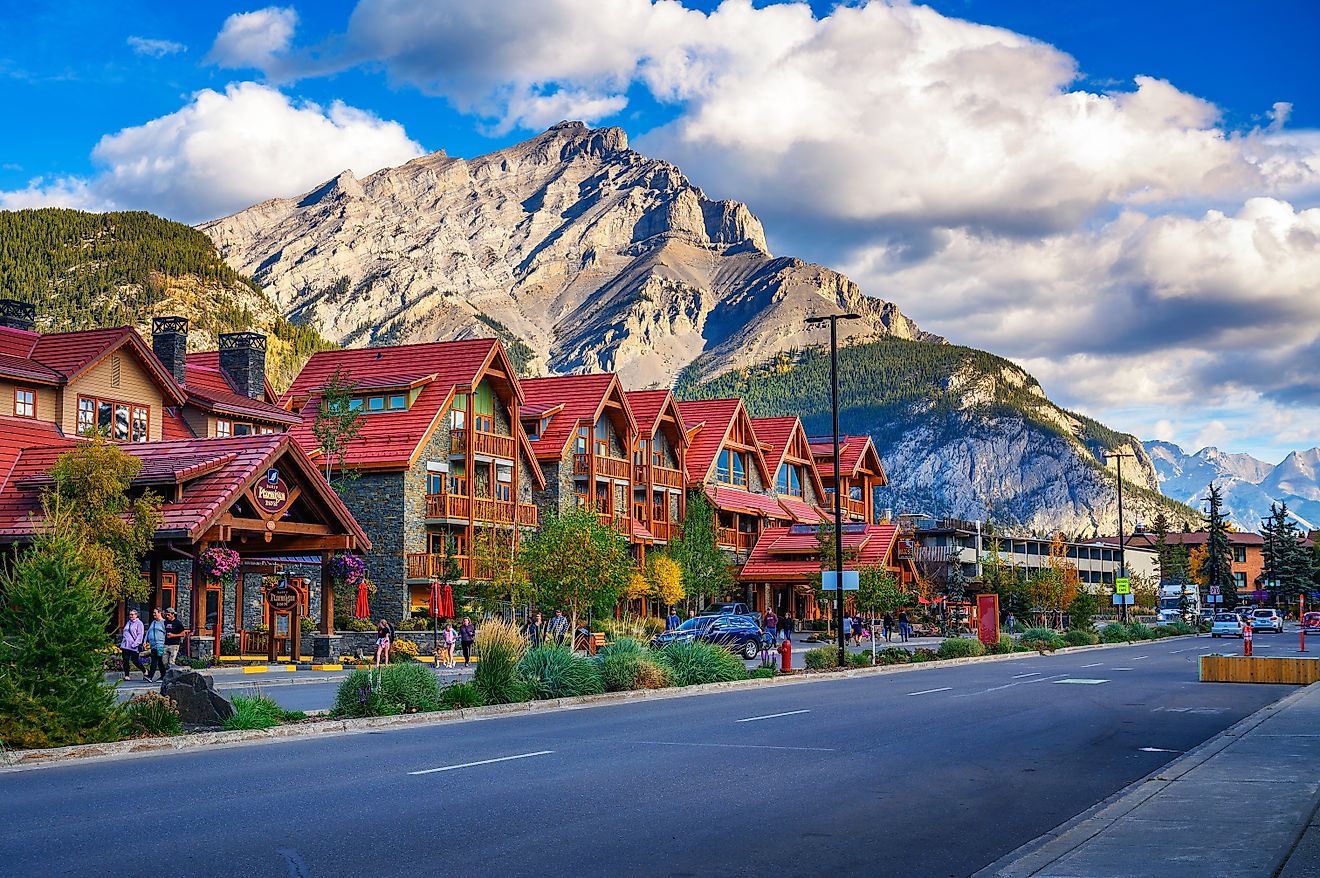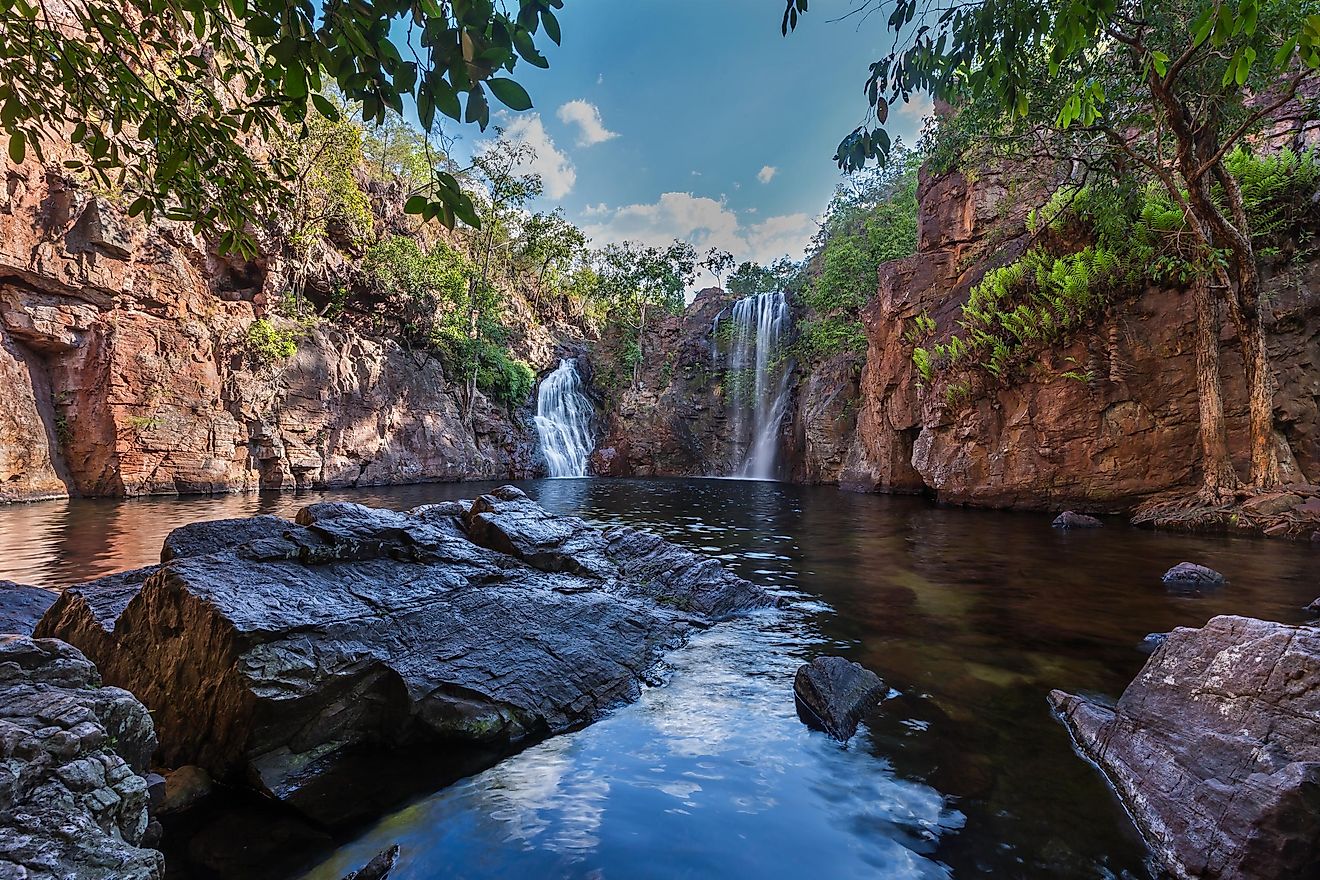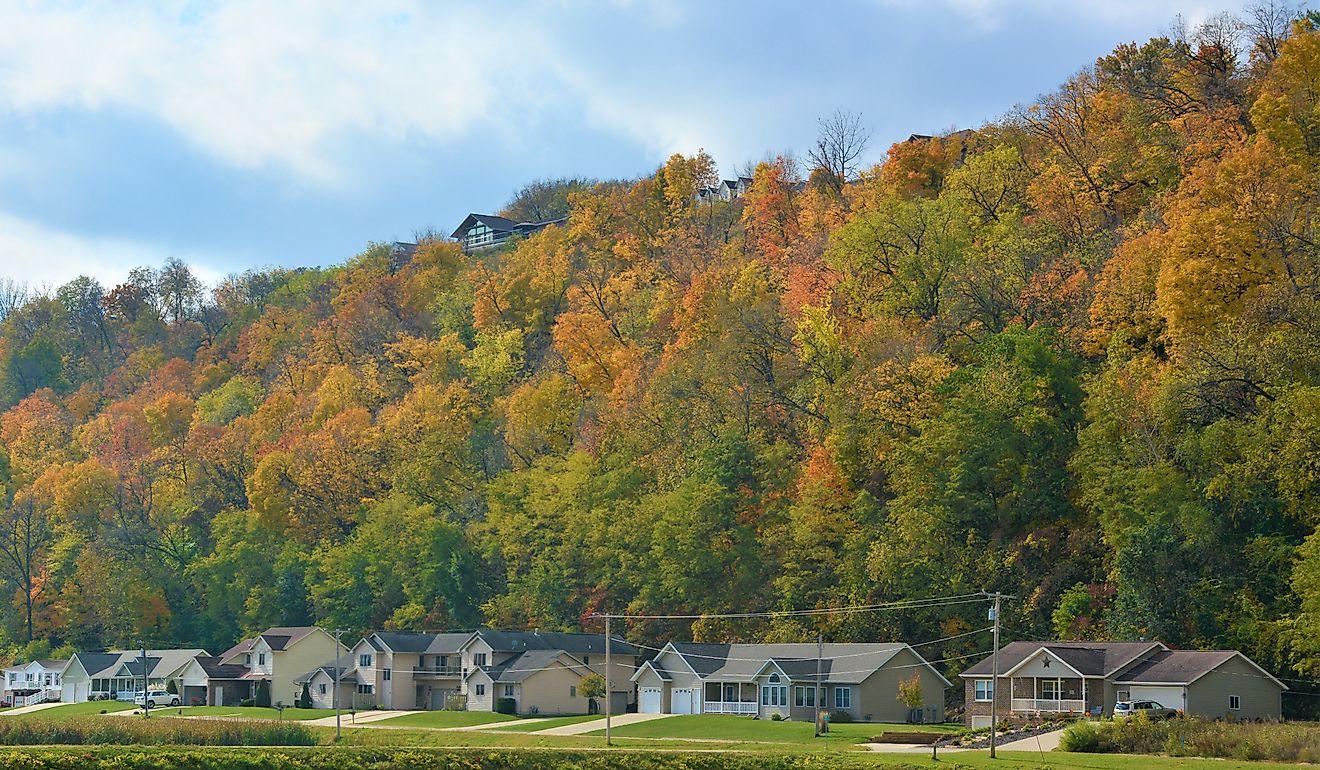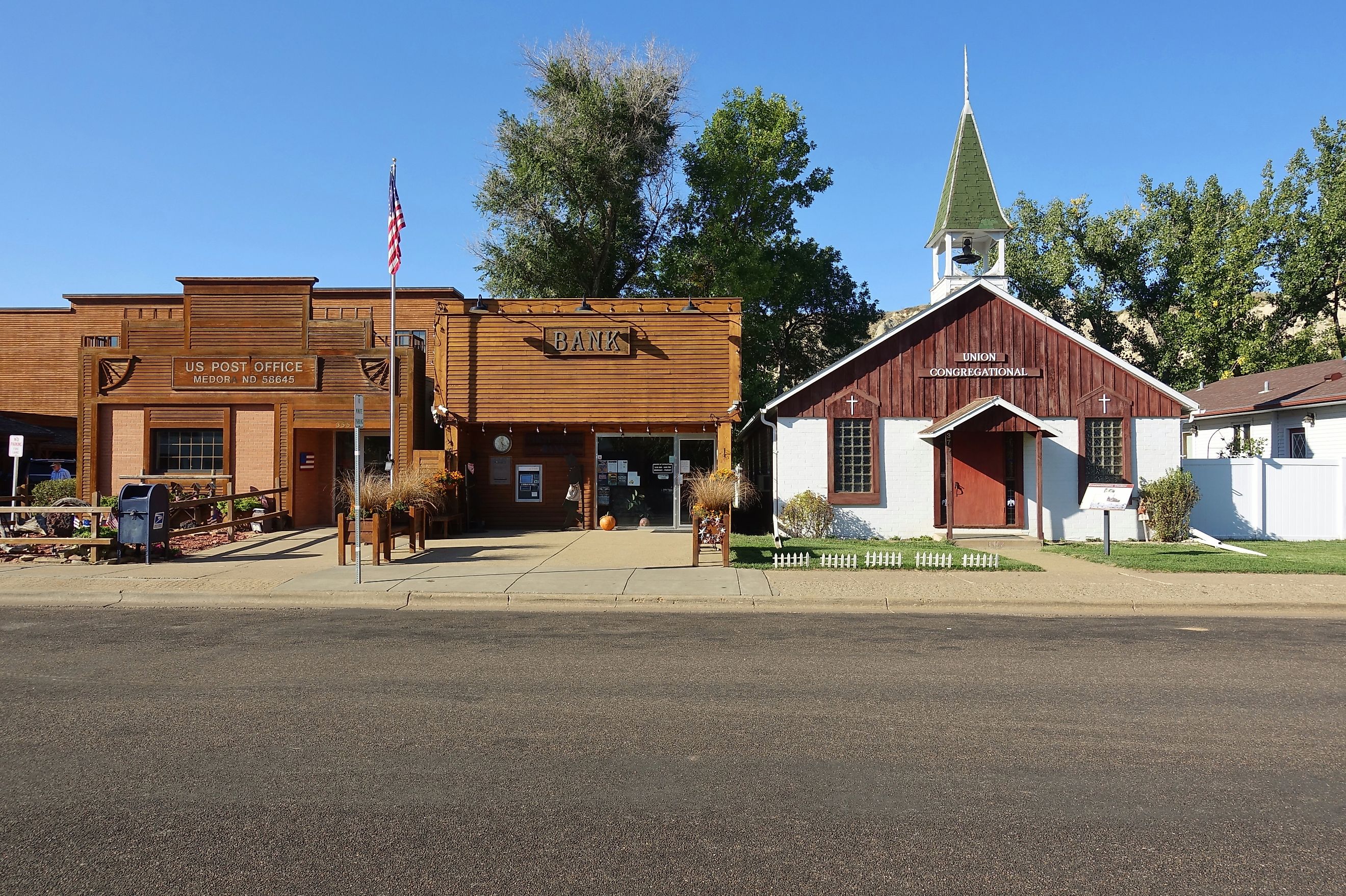
6 Towns In North Dakota That Transport You To The Past
The Wild West stays wild. And there is nowhere else that best proves this point than North Dakota, part of a region the United States acquired in the early 19th century. In many places, it will feel like traveling back in time to America's glory days. Known for extreme cold and nonstop winds — North Dakota’s early history revolved around the fur trade. This is what paved the way for the first interaction between American Indians and Europeans. Fortunately, glimpses of this history remain in selected spots. Discover below some six towns in North Dakota that will transport you back to the past.
Medora
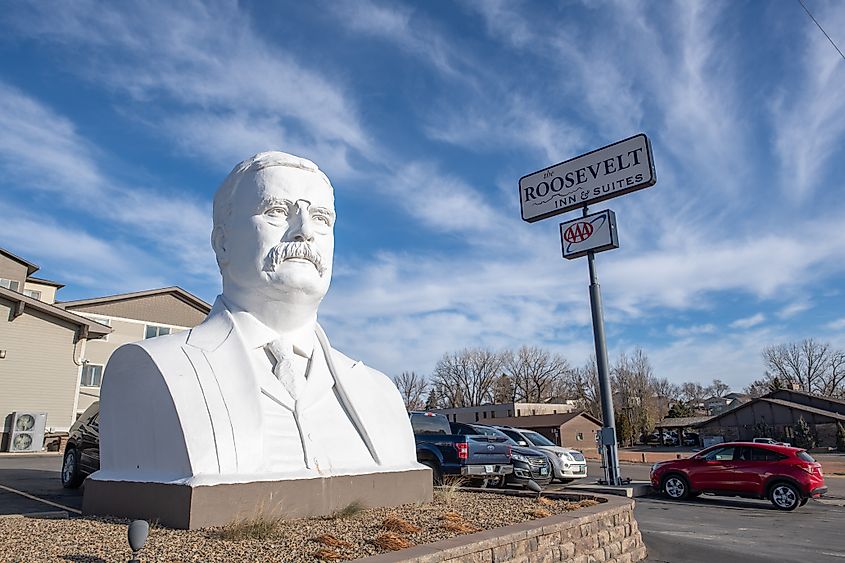
Medora is in the Badlands of North Dakota, the state’s best-known geologic feature. That’s a setting that primes one for an adventure that will be wild and whimsical in equal measure. Medora is named for the wife of the Marquis de Mores, an enterprising French nobleman, who founded the town in the 1880s. Today, it serves as the gateway to the south unit of Theodore Roosevelt National Park. Medora’s Old Town Hall, built in the Roaring 20s, brings America’s legendary 26th President to life through several exciting reenactments. Besides, Rough Rider State Park is just a hair out of town and provides several rip-roaring outdoor fun and adventure opportunities.
Walhalla
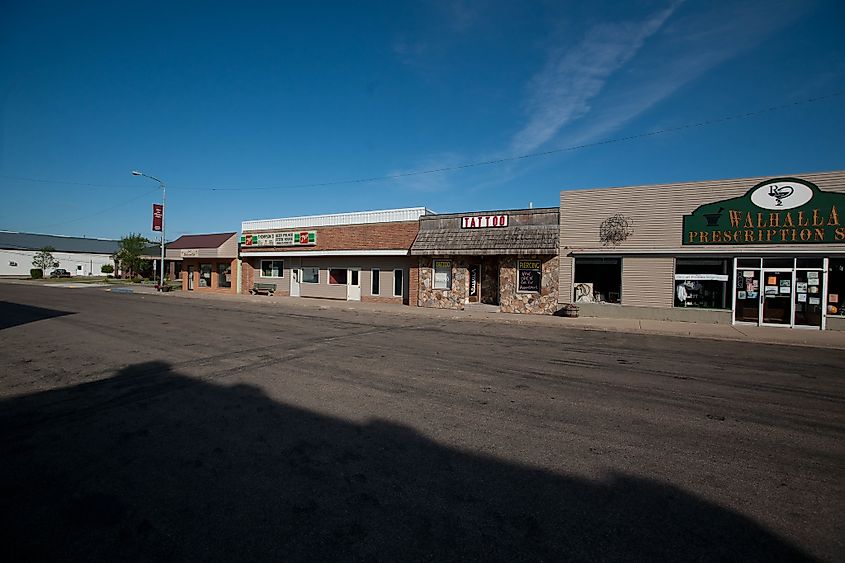
Walhalla was established in 1845 and, hence, one of the earliest settlements in North Dakota. Its history, like many towns in North Dakota, is bound up in the fur trade. The Red River (and, to an extent, the Pembina River) provided the needed passage for the fur traders and explorers in the early 1800s. If you want to appreciate how the rich lived in the early days of the area’s settlement history, visit the Gingras Trading Post State Historic Site. Gingras was a businessman who, in the 1960s, claimed a net worth of $60,000, which is about about $2,2 million by today’s measures. Other spots to hit include the Frost Fire Summer Theatre, which overlooks the spectacular Pembina Gorge. There is the Pembina River Trail as well — which winds along North Dakota's only "white water river."
Wahpeton

Wahpeton was once called Chahinkapa, a Native word for "the end of the woods." Wahpeton itself is a Dakota word for "leaf dwellers."Although first settled in 1864, it did not witness meaningful growth until when the St. Paul and Pacific Railway entered the scene. The railroad line drew many Bohemian and Scandinavian immigrants. Frederick A. and Sophia Bagg Bonanza Farm, aside from serving the best pies in the world, is a nostalgic spot to peer back into the farming history of the entire state. Bonanza farms were large, productive farms that dotted the Great Plains more than 100 years ago. You can make the short trip to Fort Abercrombie State Historic Site, the first permanent United States military fort established in the area now demarcated as North Dakota. Finally, the Richland County Historical Museum keeps the world's largest book and is worth giving some minutes.
Devils Lake
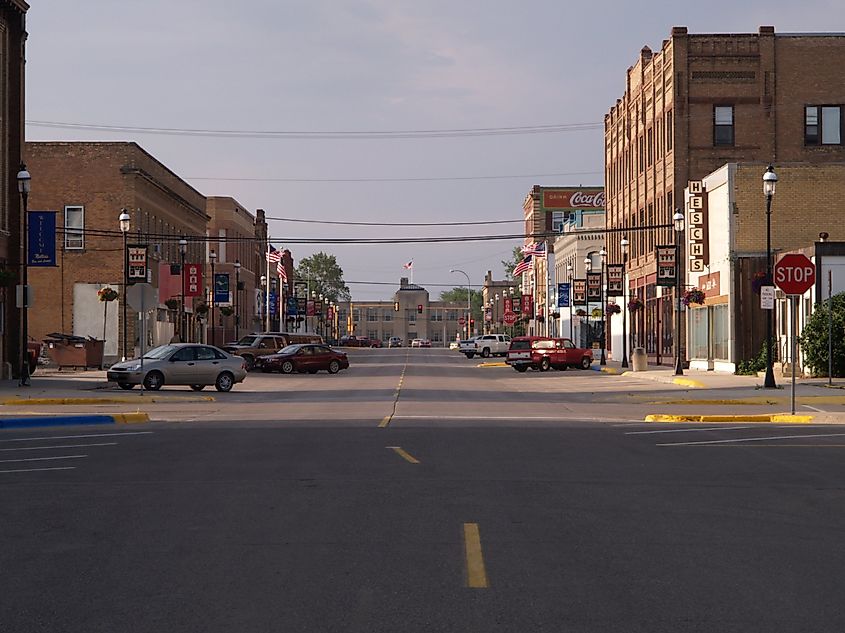
There are no devils and demons here — so don’t chicken out. This town’s name is a result of an innocent mistranslation. The Native word for the waterbody is “Miniwakan,” which should have been translated as “sacred water.” Fort Totten Little Theatre, whose history goes back more than 60 years, is the longest-running summer-stock theater in the Roughrider State. There is also Grahams Island State Park, which is named after the first known white settler in the area. It hugs the shoreline of Devil’s Lake, which offers some of the best fishing in the Midwest. But if you want to step back in time, the Lake Region Heritage Center Museum tells the history of the area through several insightful displays.
Lisbon
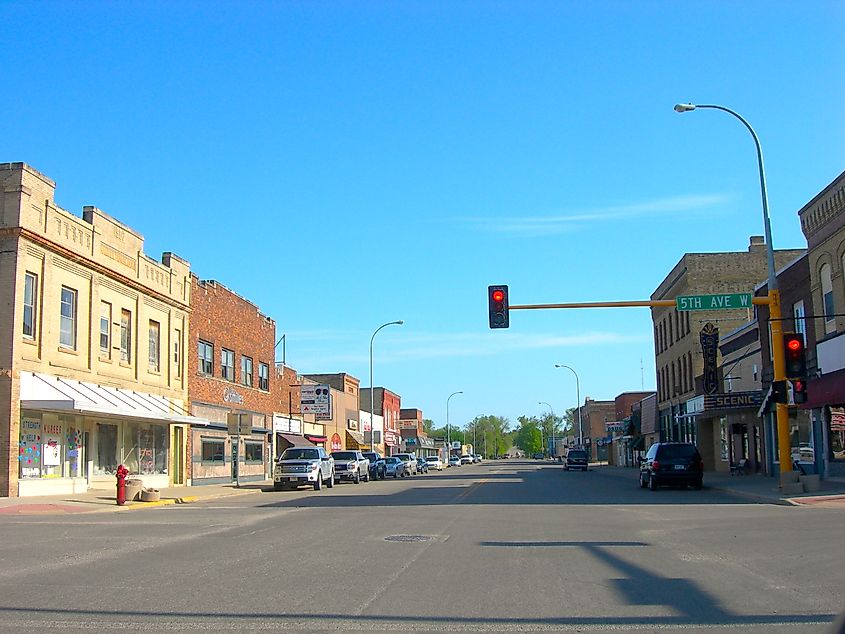
Lisbon, North Dakota, is not named after Portugal's capital but Lisbon, New York, the hometown of one of the town’s founders. It reclines in the Sheyenne National Grasslands, the only National Grassland in the tall grass prairie region. The Sheyenne National Grassland, aside from being the habitat for greater prairie chickens, which are best known for their elaborate mating rituals, is the largest tract of tallgrass prairie in public ownership in the entire country. Fort Ransom State Park is in the town’s backyard and boasts amazing views and trails. The Lisbon Opera House, ornate in white and gold, has a history that goes back to the 1880s. It was the site for the memorial services for assassinated President William McKinley in 1901, an event that paved the way for Theodore Roosevelt's ascension to the presidency. You can hit up the tree-lined Sheyenne River Valley National Scenic Byway, the first nationally recognized scenic byway in the entire state.
Dickinson
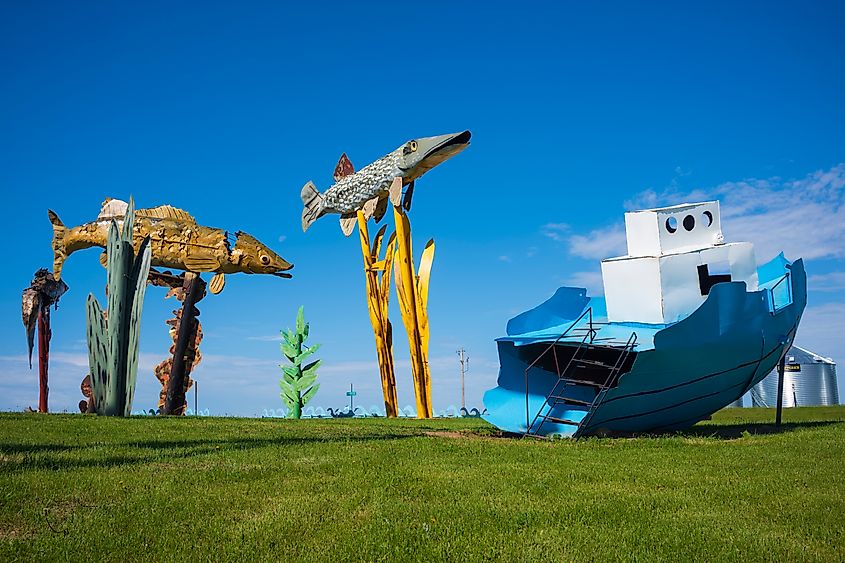
Dickinson lies on the Heart River, about 100 miles west of North Dakota’s state capital Bismarck. It was founded 144 years ago and served as a stop on the Northern Pacific Railway. The passage was chartered by Congress during the presidency of Abraham Lincoln to build a line from Lake Superior westward to the Pacific coast. Dickinson was originally known as Pleasant Valley Siding — no wonder it attracted Ukrainian, Scandinavian, and German settlers, who came to work the prairie soil. Start your adventure at the Dickinson Museum Center & Badlands Dinosaur Museum, where you will learn insightful tidbits about dinosaurs, including duckbill dinosaurs, reputed to be among the most successful herbivores in the history of life on the planet. Meanwhile, the Ukrainian Cultural Institute, as the name implies, preserves the region’s Ukrainian heritage. Theodore Roosevelt National Park, which commemorates the 26th president's interest in the American West, is a short drive west of town.
The Takeaway
North Dakota — the No. 1 producer of honey in the United States — is dotted with several small towns with rich, fascinating history. In many places, it will feel like stepping back in time to the 1800s and the early 1900s. Old theaters, historic inns, the Bonanza farms, and the St. Paul and Pacific Railway feature prominently in North Dakota's back-in-time experience. Pick a town — any of the ones we have highlighted — and brace yourself for an adventure laced with nostalgia.
